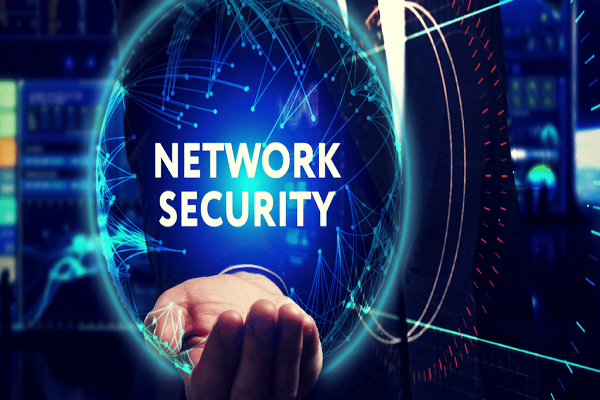As the name suggests, a computer network includes two or more computers that are connected with one another for the purpose of communicating data. Due to its very important job of physically connecting computers, providing a pathway for communication, and allowing them to exchange data, a computer network has a cohesive architecture that makes it possible in a very seamless fashion.
On some devices, you will find that there are several built-in software that can help you keep your computer network secure. For instance, Windows Defender is one of the software for the Windows operating system that keeps your computer secure from any unknown risk. Similarly, you will also find that your routers and modems have built-in firmware that can deal with issues like bugs. An internet service provider called Comcast Xfinityhas advanced security installed in their router that monitors incoming traffic in the network (Reach out to Xfinity customer service to learn more!). It is a good idea to go for a program that has built-in software to protect your devices against threats.
But then again, there are some ways you can try manually to secure the computer network, which we will explore in this guide.
Types of Computer Network
Before we delve into the ways how you can keep your computer network secured, it is also important to learn the types of computer network connections available.
• LAN or Local Area Network includes two or more personal computers, printers, or some high-capacity storage devices such as file servers. LAN allows for each device on the network to be able to access data or files, users to communicate with each other, to share printers and other equipment, and also access centrally located processors or any data at the same time.
LAN allows computers and devices in a limited physical area to connect with one another such as office, laboratory, college campus, etc. by linking through wires, Ethernet cables, Wi-Fi, and fiber-optic connection.
• WAN or Wide Area Network. This type of computer network can connect smaller networks to larger networks over large areas, including cities, countries, and continents. The networks are linked with the help of cables, optical fibers, or satellite connections. The users can commonly access the network through a modem, a device allowing computers to communicate with each other over telephone lines. The internet is known as the largest WAN, linking billions of computers all over the world.
Security of Computer Networks
The point of securing a computer network is to prevent it from being accessed by unauthorized users, viruses like Trojan horses, hacking, email spoofing, intruders, etc. There are several security mechanisms being employed to protect the network. For instance, if a hacker gets access to the network, he can send viruses to disrupt your network or steal your company’s confidential information. Similarly, if no proper security system is implemented, then all computers and devices connected to a network will be infected.
You can secure your computer network by following methods;
• Download/use virus protect software
• Don’t open or respond to unknown email and their attachments
• Create a regular backup of your data
• Make boot disk
• Use a firewall program
• Activate user authentication method
• Monitor user’s activities on the network and block unwanted websites or web applications
• Place server in a secure location
Some other ways are discussed below in detail.
• If you use an encrypted wireless network point, it will help you to keep information on your network protected to prevent some unknown risk to hack and create havoc. Encrypted wireless network points can provide an extra layer of security to your computer network.
• Another way you can secure your computer network is by creating a strong password. There is software that hackers can use that allows for them to input multiple configurations of a word, leading to correctly guessing your simple password. Hence, make sure your password is strong, has numbers and symbols included to make it complex. Also, change the password every 60-90 days.
• Keep note of all the devices that are using the computer network. This will come in handy for quickly diagnosing which particular device is a legitimate part of the system placed by a hacker. You can also navigate through the list to check which devices have software with weak security configurations so you can upgrade their security features.
• The internet has millions of software for you to download within minutes. And if they are free, it can be even more tempting to download them. But, at the same time, these software also carry malware which, upon entering your computer network, can create havoc. Hence, it is better to avoid using any unknown software.
Also Read- Why Do You Need a VPN? How to Choose the Correct VPN

No comments:
Post a Comment